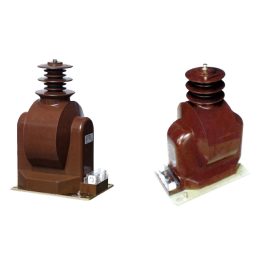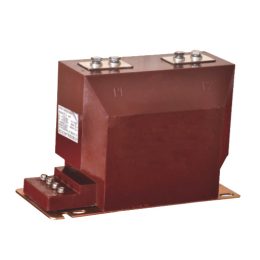Troubleshooting Techniques for Burnt Voltage Transformers
Key Points
When a voltage transformer (VT) burns out, merely replacing it without identifying the cause will often result in repeated failures. This can harm the system’s reliability and damage its credibility. The following analysis of the situation and troubleshooting techniques should be used to identify the root cause of the issue:
- Voltage Fluctuations and Harmonics: If voltage imbalances or harmonic distortion occur, transformer failure is more likely, especially when there are high voltage surges or oscillations in the system.
- Burnt Smell and Fumes: A burnt smell and unusual odors from the transformer may indicate excessive heat or internal short circuits.
- Secondary Side Grounding Issues: If the secondary side ground is improperly connected, this can lead to faulty readings or excessive voltage on the primary side.
- Exposed Copper Wire: Exposed copper wires on the secondary side are indicative of poor insulation or faulty connections.
In power circuits, burnt voltage transformers are a common issue. If the problem is not identified and resolved, simply replacing the transformer will result in further damage. Therefore, a thorough inspection of the causes of the failure is essential.
Troubleshooting Steps for Burnt Voltage Transformers
- Resonance Caused by Voltage Imbalance If the voltage transformer is cracked and oil leakage is observed from the silicon steel sheets, this usually indicates resonance. The cause of this problem is often an imbalance in the voltage or the presence of significant harmonic distortion in the system. These irregular voltage fluctuations can create oscillations that damage the transformer’s silicon steel sheets. Typically, resonance leads to damage in one-phase or two-phase voltage transformers.
- Secondary Grounding and Overvoltage If there is a burnt smell or discoloration on the secondary terminal, along with visible burn marks on the wiring, this often indicates a grounding issue on the secondary side. This can result in elevated voltage on the primary side. Inspect the secondary wiring for any exposed copper, wear, or improperly stripped insulation. A faulty secondary fuse or poor insulation in connected components may cause ground faults.
- Primary Side Faults If the primary terminal of the voltage transformer is blackened due to burning, and the mounting bolts are deformed, the issue may arise from excessive discharge current when the transformer is used as part of a capacitor bank or a discharging coil. Check the primary fuse to ensure that the fuse rating is correct. Typically, the primary fuse rating for a voltage transformer should be 0.5A, with low-voltage VTs not exceeding 1A for the primary fuse.
- Internal Coil Issues If there are no visible external signs of damage after the transformer is burnt out, but no fault is found in the external components or wiring, inquire whether the transformer emitted any unusual “popping” sounds when live. This could indicate an internal discharge in the winding, specifically an inter-turn discharge, which typically results from poor transformer quality.
Conclusion
Voltage transformer faults can severely impact the reliability of the entire power system. Identifying and addressing the causes of transformer failures is crucial for maintaining operational stability. Whether the failure is due to resonance, secondary grounding issues, overvoltage, or internal winding defects, thorough inspections and prompt corrective actions will ensure that the transformer can function properly in the future.
- Zero-Sequence Current Transformers vs. Standard Current Transformer
- Number of Permissible Grounding Points in the Secondary Circuit of Voltage Transformers
- Analysis of the Impact of Incorrect CT S1 and S2 Connections and Reversed Input Lines
- Analysis of the Impact of Current Transformer Faults on Energy Meter Accuracy
- Error Analysis and Maintenance of Current Transformers in Power Systems
- 4 Common Causes of 10kV Three-Phase Five-Pole Voltage Transformer Failures and Solutions



